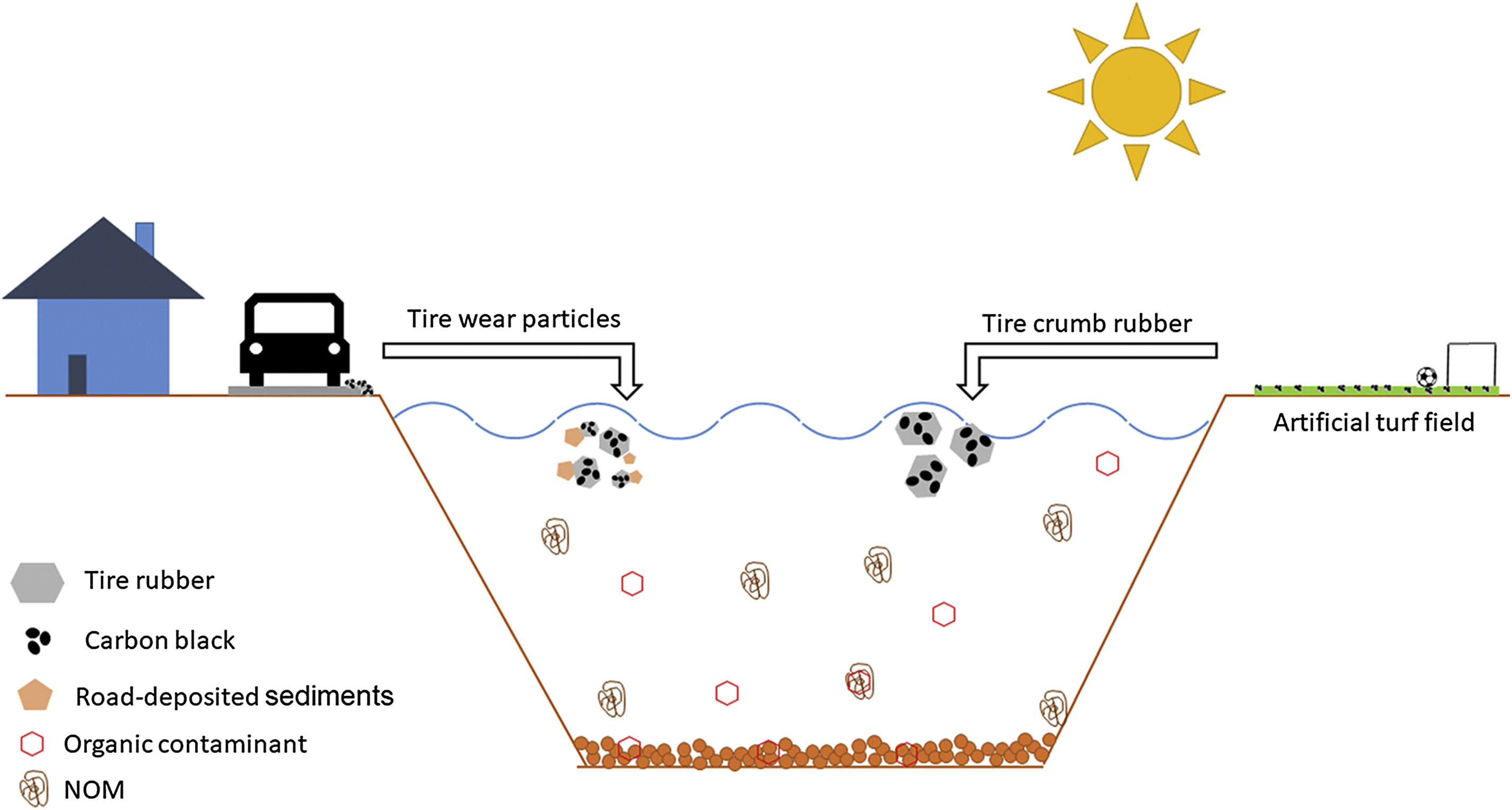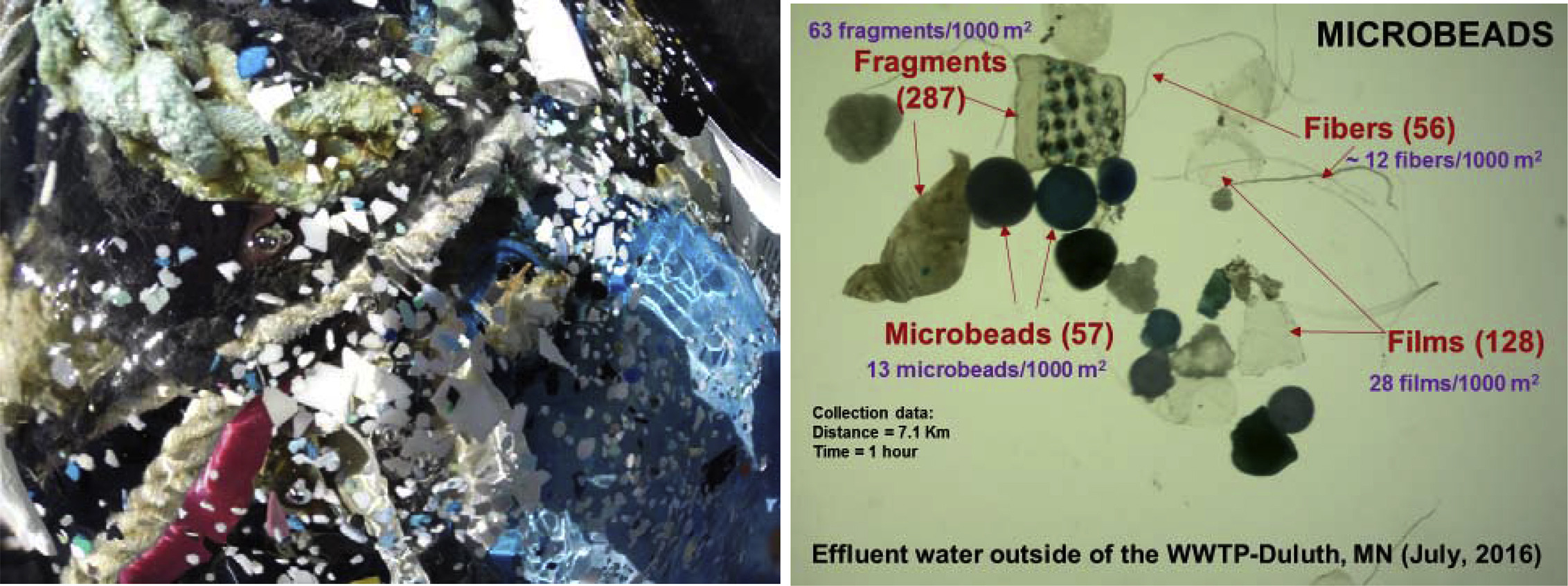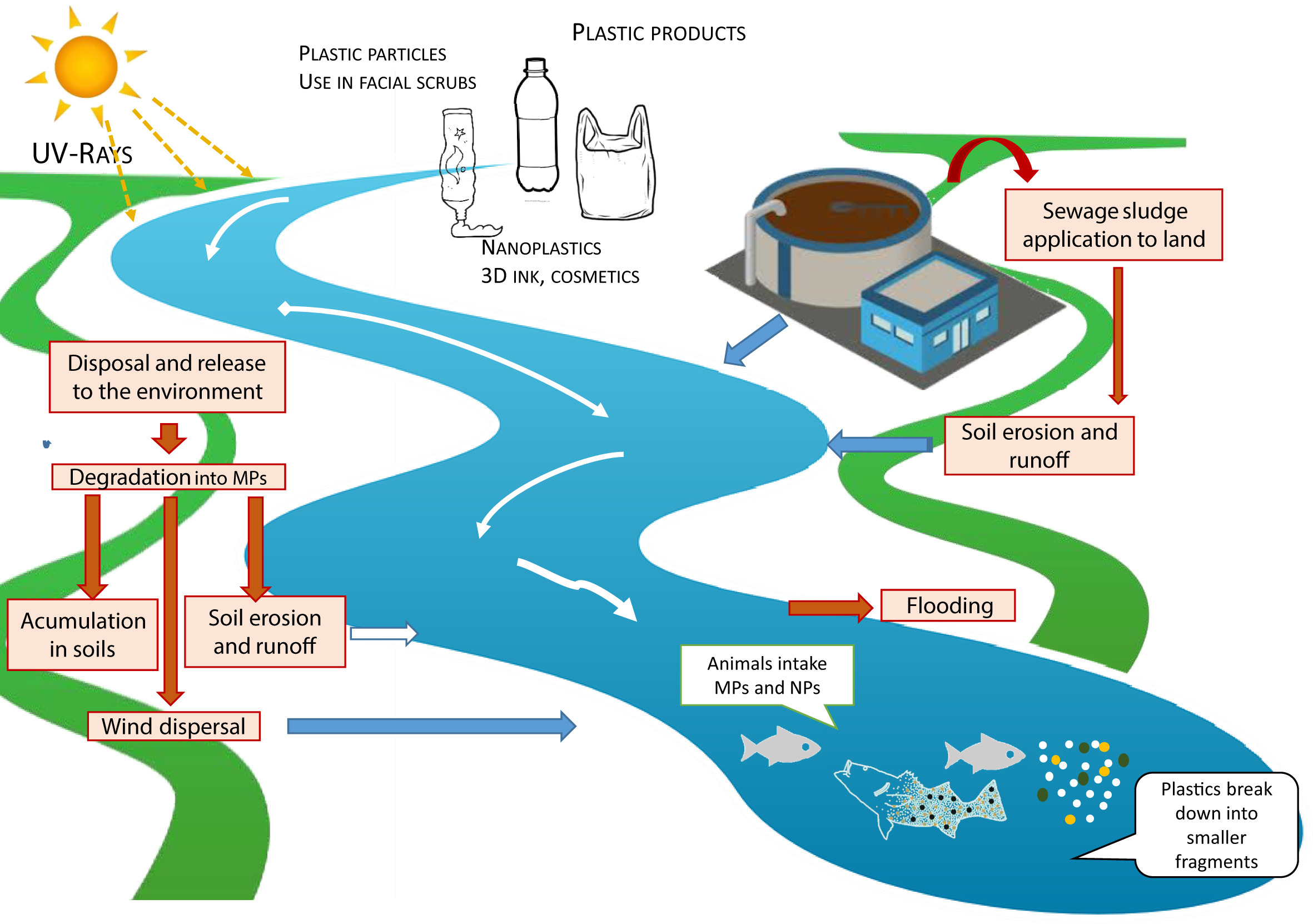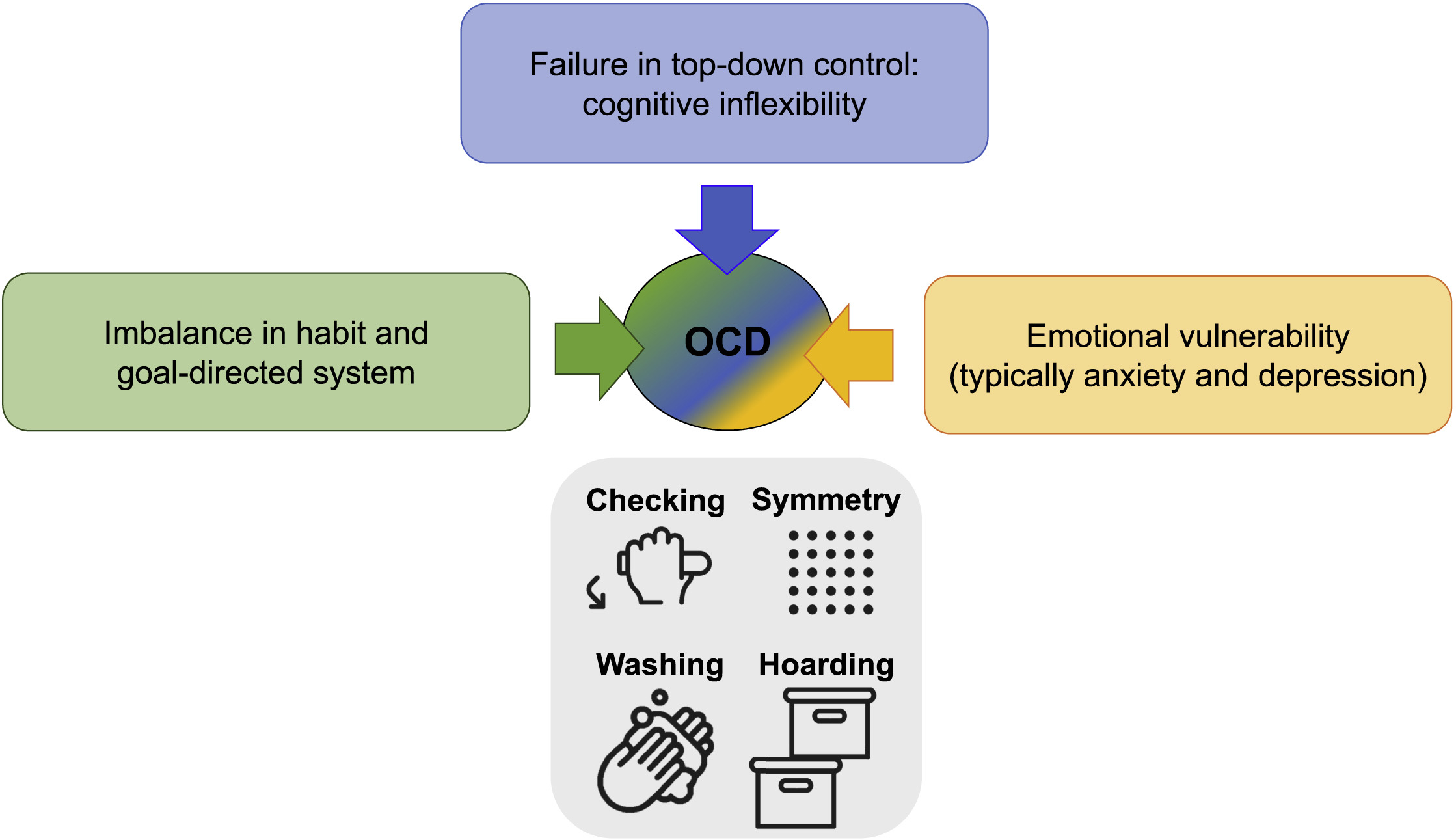Elsevier, TrAC - Trends in Analytical Chemistry, Volume 113, April 2019
Tire materials are a significant proportion of the (micro)plastics in the environment that until today have been clearly overlooked. These materials are released into the environment, either unintentionally as an abrasion product from tire wear, that reaches the environment via road runoff, or intentionally as, for example, shredded “tire crumble rubber” used as filling material for playgrounds.
Elsevier, TrAC - Trends in Analytical Chemistry, Volume 113, April 2019
Microplastic (MP) studies in freshwater environments are gaining attention due to the huge quantities of plastic particles reported from lakes and rivers and the potential for negative impacts in these environments. Different units have been used to report MP densities, which makes it difficult to compare data and can result in reports of extremely high concentrations that do not reflect the original sample size. We recommended that the density of MPs from bulk samples be reported as number L −1 , while density from net samples should be reported as number m −3 .
Elsevier, Sustainable Materials and Technologies, Volume 19, April 2019
Lithium ion batteries (LIB) continue to gain market share in response to the increasing demand for electric vehicles, consumer electronics, and energy storage. The increased demand for LIB has highlighted potential problems in the supply chain of raw materials needed for their manufacture. Some critical metals used in LIB, namely lithium, cobalt, and graphite are scarce, are not currently mined in large quantities, or are mined in only a few countries whose trade policies could limit availability and impact prices.
Elsevier, Neuron, Volume 102, 17 April 2019
RNA binding proteins are critical to the maintenance of the transcriptome via controlled regulation of RNA processing and transport. Alterations of these proteins impact multiple steps of the RNA life cycle resulting in various molecular phenotypes such as aberrant RNA splicing, transport, and stability. Disruption of RNA binding proteins and widespread RNA processing defects are increasingly recognized as critical determinants of neurological diseases.
Elsevier, Neuron, Volume 102, 3 April 2019
Obsessive-compulsive disorder is a severe and disabling psychiatric disorder that presents several challenges for neuroscience. Recent advances in its genetic and developmental causation, as well as its neuropsychological basis, are reviewed. Hypotheses concerning an imbalance between goal-directed and habitual behavior together with neural correlates in cortico-striatal circuitry are evaluated and contrasted with metacognitive theories.
Elsevier, Neuron, Volume 102, 3 April 2019
Here, Nestler and Lüscher link addiction circuits to epigenetic mechanisms that are engaged by drug exposure or reflect life experience. These molecular alterations may not only explain the basis of drug-evoked synaptic plasticity, but may also help understand individual addiction vulnerability.
Elsevier, Neuron, Volume 102, 3 April 2019
Threat processing is central to understanding debilitating fear- and trauma-related disorders such as posttraumatic stress disorder (PTSD). Progress has been made in understanding the neural circuits underlying the “engram” of threat or fear memory formation that complements a decades-old appreciation of the neurobiology of fear and threat involving hub structures such as the amygdala.
Elsevier, Sustainable Cities and Society, Volume 46, April 2019
This paper examines the potential of energy saving in electrical consumption if the concept of energy-efficient house is implemented in Oman. Energy consumption in the residential sector in Oman was critically analysed and forecasted based on its growth rate and its historical consumption. Then, a base-case validated simulation model for a typical residential dwelling in different cities was generated using a dynamic building simulation software, covering a wide variation of climate conditions in Oman.
Elsevier, Renewable and Sustainable Energy Reviews, Volume 104, April 2019
The advent of more proactive consumers, the so-called “prosumers” with production and storage capabilities, is empowering the consumers and bringing new opportunities and challenges to the operation of power systems in a market environment. Recently, a novel proposal for the design and operation of electricity markets has emerged: these so-called peer-to-peer (P2P) electricity markets conceptually allow the prosumers to directly share their electrical energy and investment.






